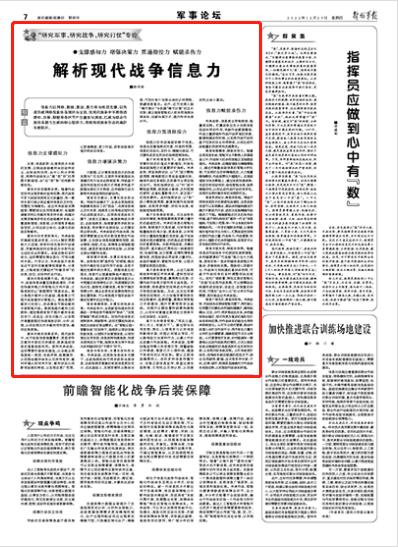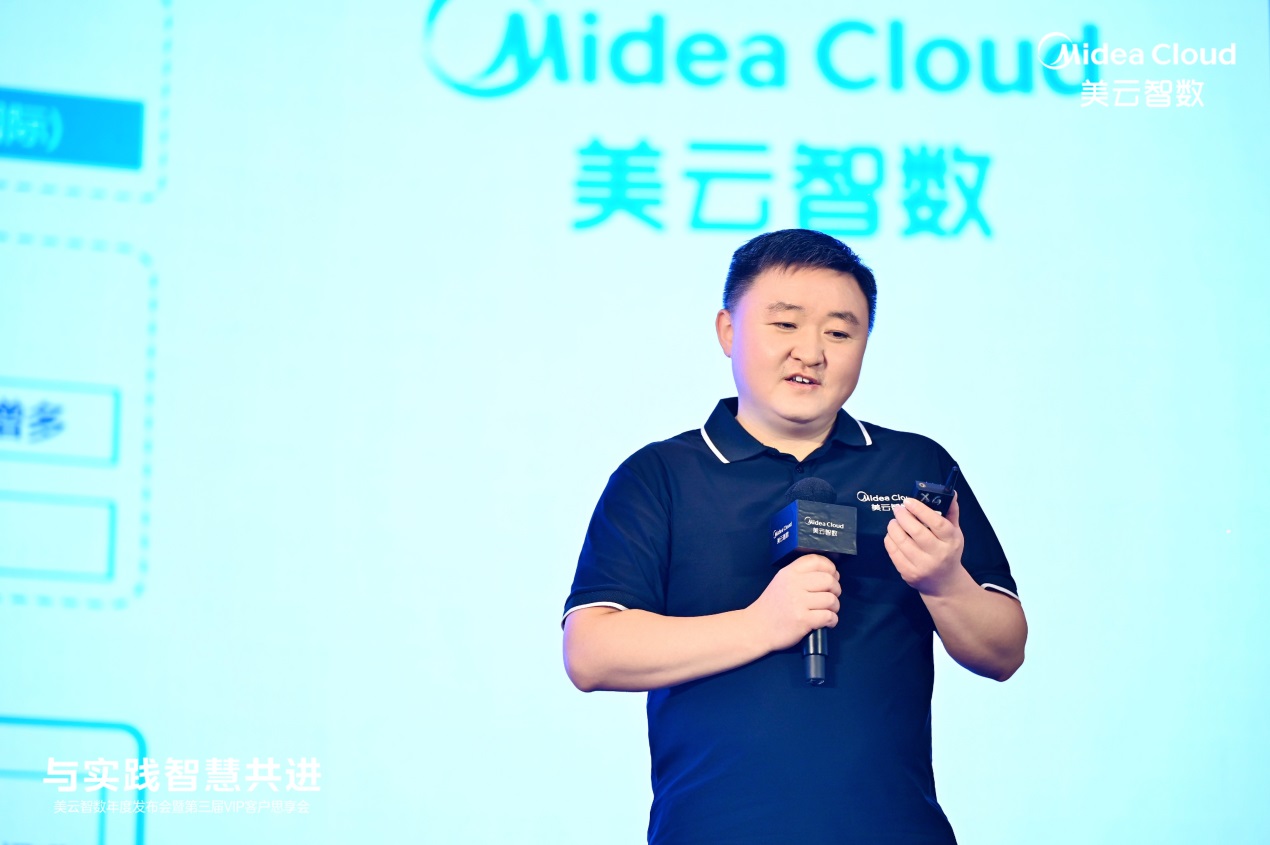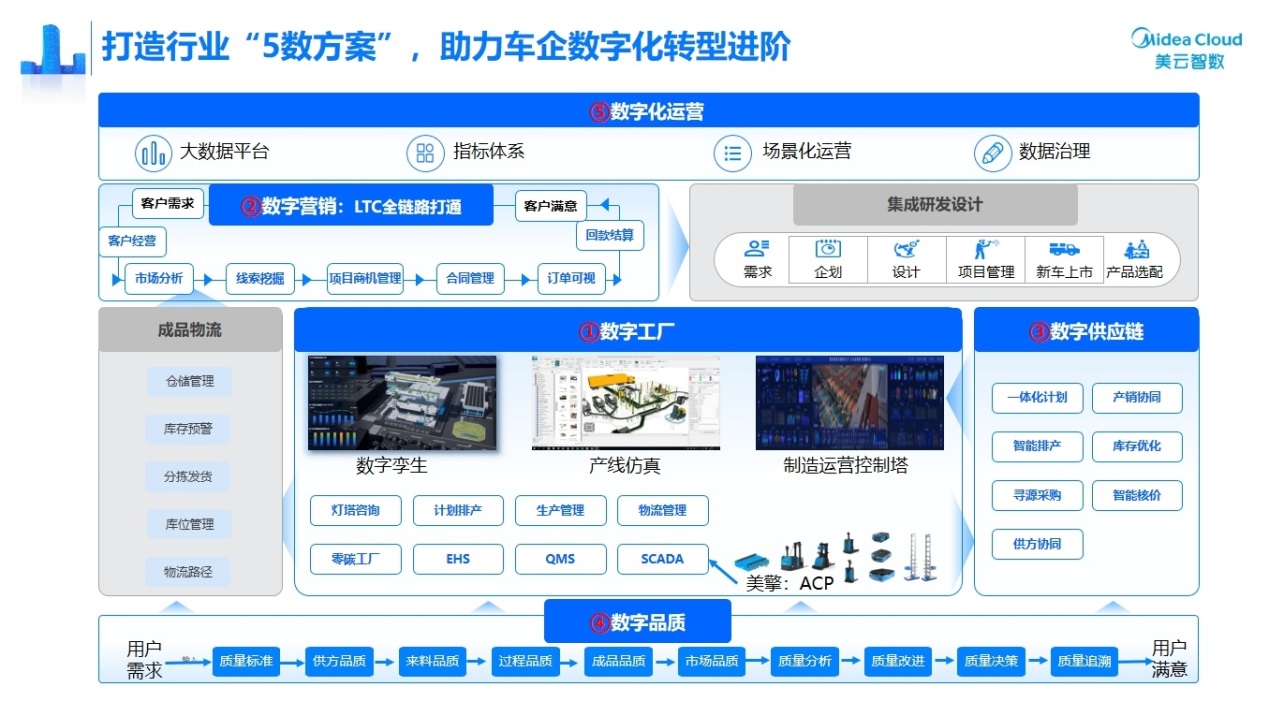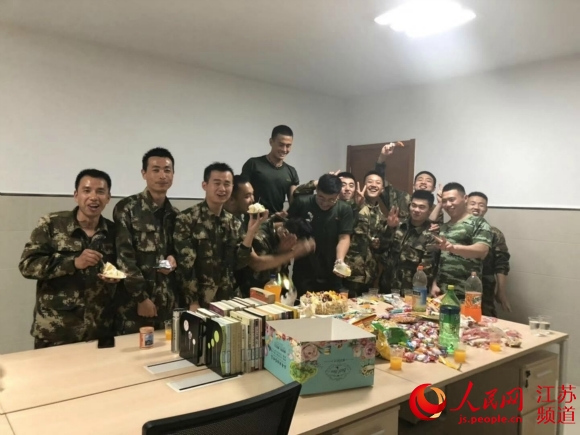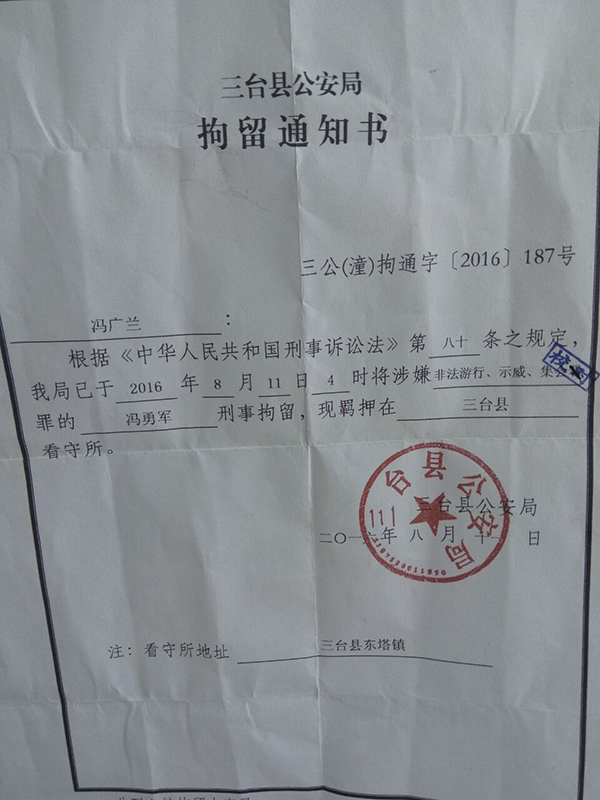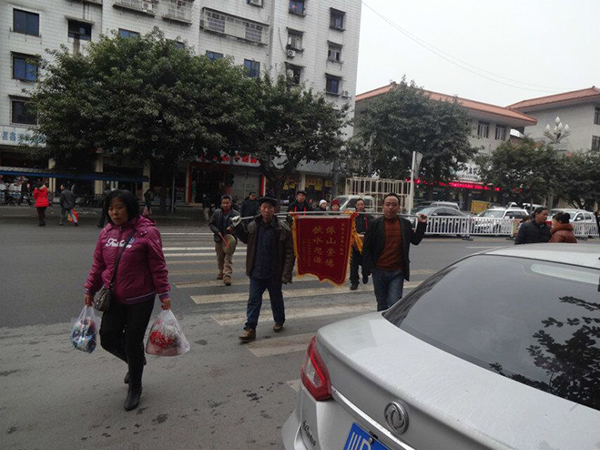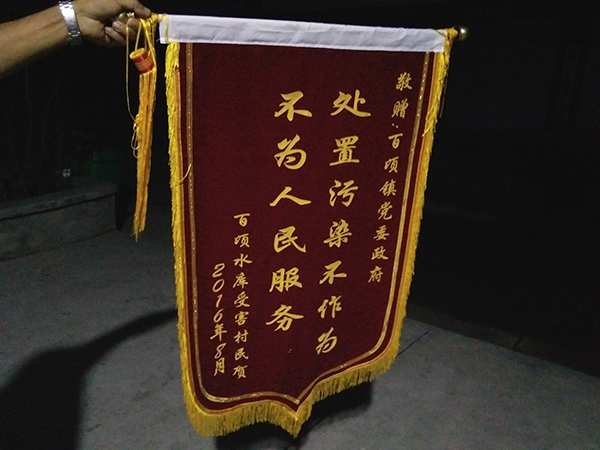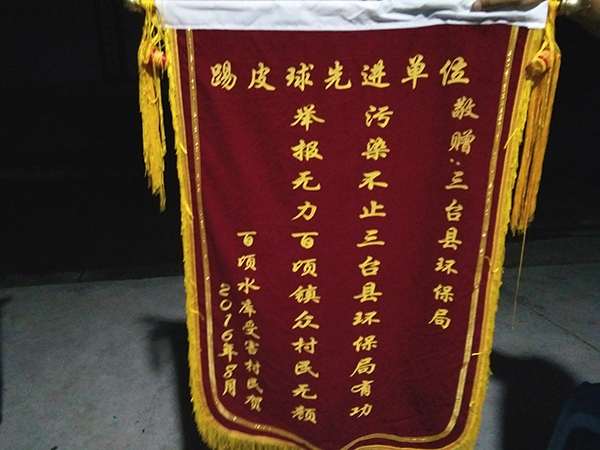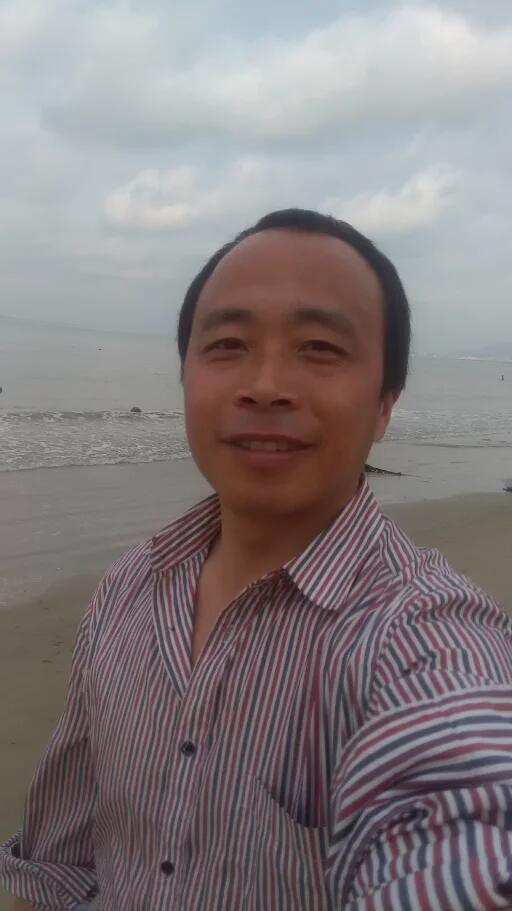Taking the price of the car to increase the goods of the car, the full gang and the cargo lesbian are accused of conniving at overloading.
According to China Voice "News Horizon" of the Central Radio and Television General Station, recently, many freight drivers reported through the Voice of China News Hotline of the General Station that on freight platforms such as Cargo Lala and Manbang Group, shippers often release overloaded orders. After receiving the orders, drivers find that the goods are overloaded and choose to refuse to deliver, which may be deducted by the platform. The owner wants to spend the money of the car to pull the goods of the car, but the risk of overload is passed on to the driver and the road through the platform. How can overloaded orders be released at will on the freight platform?
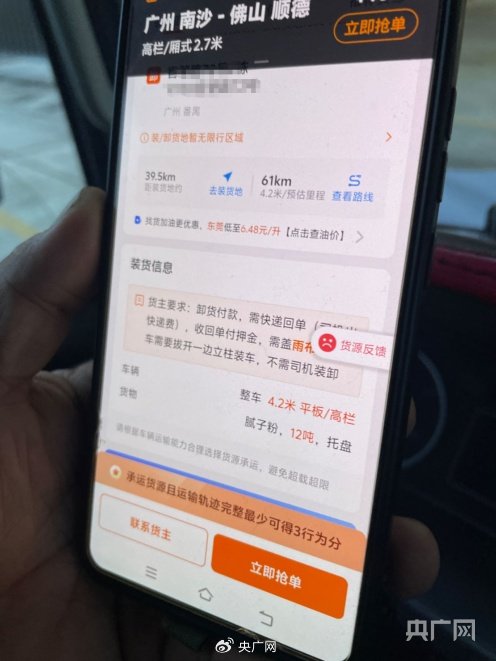
The order for 12 tons of putty powder that Mr. Chen encountered (photo by Ren Mengyan, reporter of Voice of China at the reception desk)
At 6 o’clock in the afternoon, in the freight area of Shenzhen Baoan Airport, Master Chen, the driver who was running full, was unloading the goods. This is his second order of the day. "I came back from Guangzhou in the morning, and I read the order for three hours in the afternoon. I only gave the order by calling customer service, or others gave it to me because they couldn’t pull it."
Mr. Chen’s 4.2-meter-high-hurdle truck has an approved load of only 1.5 tons. He said that generally pulling 3 tons of goods has little effect on driving, but there are too many overload orders heavier than 3 tons. "I just pulled the wooden box, there are more than two tons, has been super. There are very few people who don’t exceed the limit. I was found to be overloaded once this year. I was fined 2000 yuan and deducted 6 points. I hope to pull one or two tons of goods every day. The key is the owner, including the platform, using big data. This is no way. "
A few minutes later, a 12-ton order came for a 4.2-meter truck.
Mr. Chen: Look here, 12 tons, see?
Reporter: 12 tons? Dirty powder, dare you answer it?
Mr. Chen: Who dares to answer it? I can’t pull it. I rarely take 5 tons. It’s too dangerous. Overloading is risky, which will have an impact on braking distance, car condition and other aspects. The heavier it is, the greater the risk.
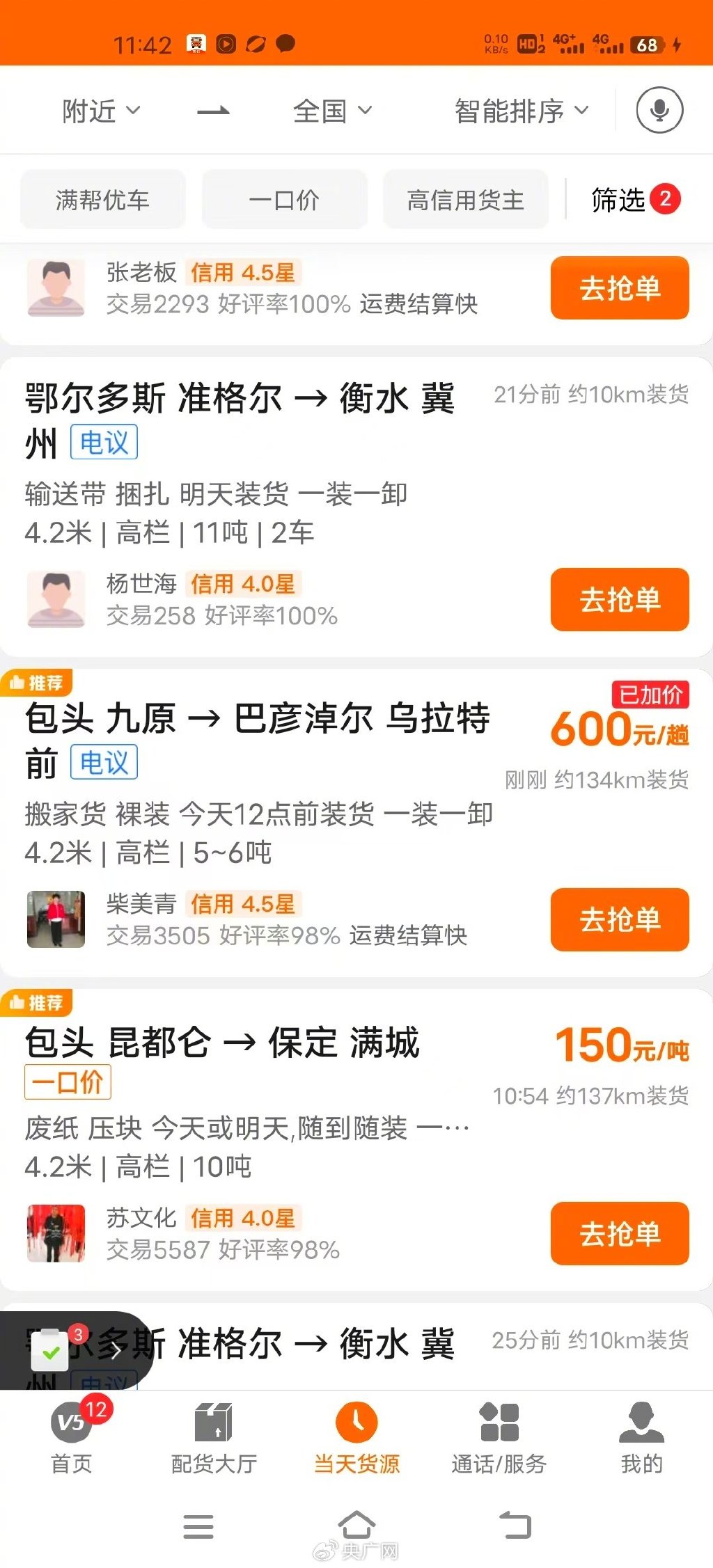
All kinds of 10 tons of goods only need a 4.2-meter car (screenshot provided by the driver)
Mr. Zhai, the driver of Baoding, Hebei, told the reporter that he often encountered orders for overloaded goods on the full-service APP. Such orders should be intercepted by the system. "That car can’t pull such a heavy tonnage. The original 4.2-meter car will let people pull 10 tons to 11 tons. The freight platform should not let this kind of goods out. "
On the cargo platform, there are also many such overload orders. A large number of drivers complain through black cats, but after refusing to overload, they will be deducted.
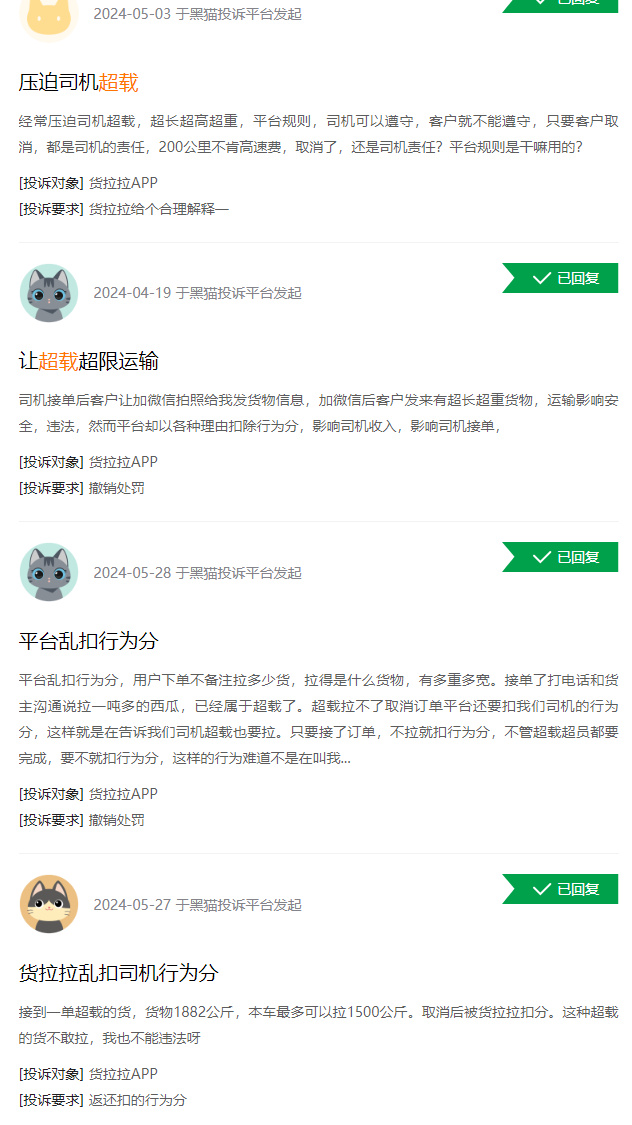
Black cat complained that the search was "overloaded" (screenshot provided by the driver)
Mr. Wei from Xuchang, Henan told reporters that he often encountered overloaded orders in the cargo pull, because not all orders would show the goods and weight when grabbing orders. After communication, he found that overloading refused to deliver goods, but was often deducted by the system. Mr. Wei drove a 4.2-meter truck, and the owner asked him to pull a pipe more than 6 meters long. After refusing to load it, Mr. Wei deliberately took a picture uploading platform of the goods, but he was still sentenced to "cancel the order at will" and deducted 5 points. "Super long and overweight, pulling a 6-meter-long pipe, and some overweight parts, I said definitely not, not safe. The other party said that if it doesn’t work, the order will be cancelled, and then the cargo girl will judge me. "
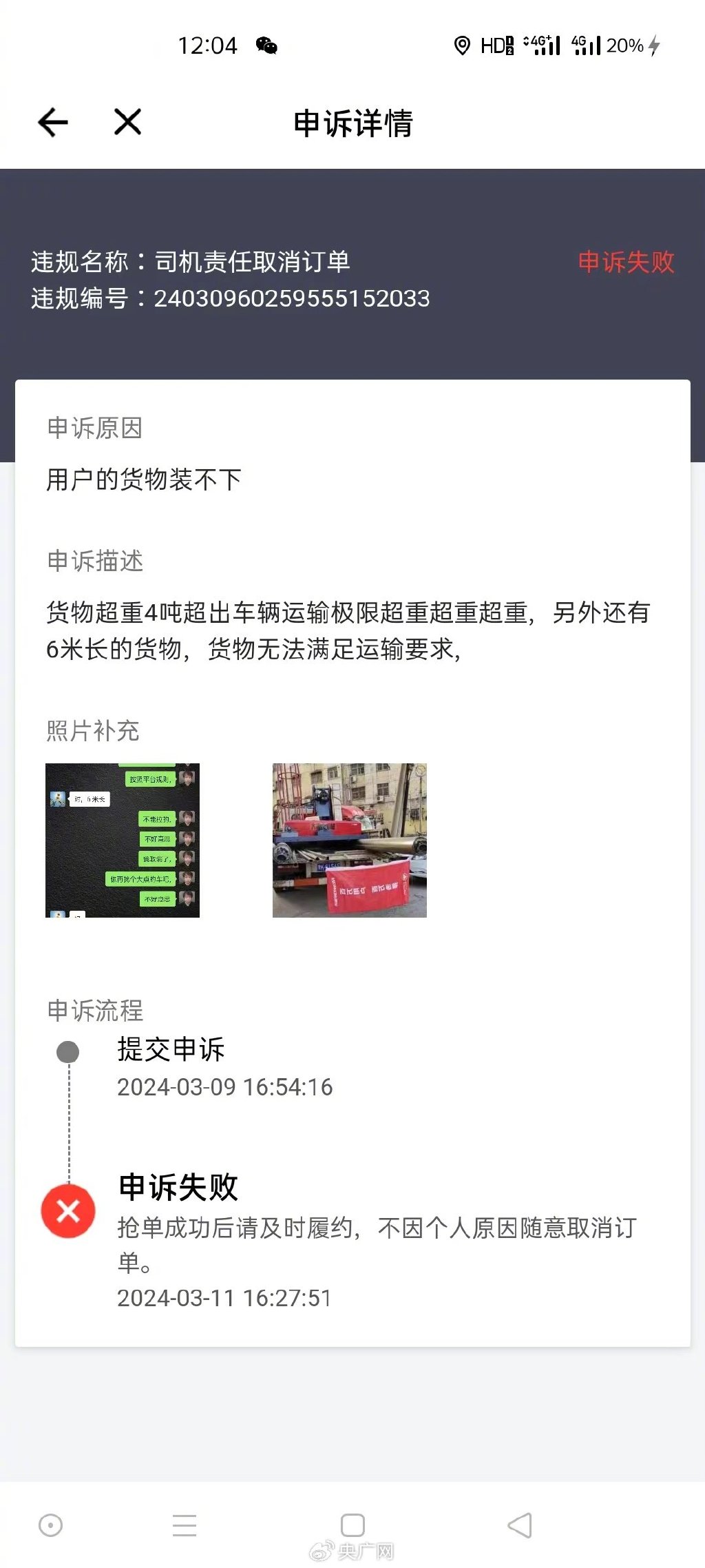
It is also the driver’s responsibility to pull the long cargo (photo courtesy of Mr. Wei from Yangguang. com)
Mr. Wei said that the common blue brand 4.2-meter medium-sized trucks have a nuclear load of about 1.5 tons. On platforms such as full-loaded and cargo-pulling, the goods that can not exceed 2 tons are also marked, but in fact, overloaded goods are very common, and shippers all hope to pull more goods with smaller models. "As long as medium-sized trucks are used, the possibility of not overloading is very small, and we have no choice. For example, all platforms use 4.2 meters and send orders of 2 tons, 3 tons or even 4 tons, which will basically be overloaded. The owner knows that there is no way to overload. "
Mr. Zhang from Zhuzhou, Hunan told the reporter that once the goods are detained, it will affect the order grabbing and the cash withdrawal, while the driver refuses to take the overloaded order. Although it will not be deducted every time, the drivers around him have had the experience of being deducted.
Mr. Zhang said: "If you deduct 5 points at a time, you need to complete 10 customer orders for every 1 point increase, which is equivalent to deducting 5 points. Maybe you can’t get back this month. If you deduct below 80 points continuously, it will limit the withdrawal. There is no work if you are not overloaded. The other party also acquiesces in overloading. If the order is cancelled because of this problem, it will be deducted, which depends on luck. "
Mr. Bao, the driver, had the experience of being deducted for refusing to pull dangerous goods.
Mr. Bao said: "The customer called and pulled the paint. I asked if it was waterborne or oily. The other party said it was oily dangerous goods. I said it couldn’t be pulled. Then the customer asked me to cancel the order, so I reported it. Now I am responsible for oily paint. Our ordinary van can’t pull it."
The car pulls the goods, the owner saves money, and the driver is overloaded.
Mr. Li of Tianjin drives a minivan. He believes that one of the root causes of overloading orders often encountered on freight platforms is that the hauling fee is only calculated by mileage, and the smaller the model, the cheaper the freight is, which leads to the owner often giving the load of large trucks to small and medium-sized trucks.
Mr. Li said: "It is reasonable to say that we should not send out the goods with the money from the trolley. I have an order now. The glass from Sanhe to Langfang Guangyang, 2.1 tons of 61 yuan, is definitely overloaded. The order note was written by the customer. It shouldn’t be pushed to me, but there is no way, you can’t make money if you don’t do it. "
Mr. Xie, the driver of Changsha, Hunan, told the reporter that he was running a medium-sized van in a cargo truck. Sometimes the owner didn’t mark the weight of the goods. He often grabbed orders for mini-vans in order to avoid being fined for overloading. His medium-sized vans were overloaded.
Mr. Xie said: "There was no note on the list about the weight. I just got off a minivan, and then I grabbed it. I called and the other party told me that it weighed two tons. If it’s a minivan, it’s already seriously overloaded. I am a medium-sized van, which can only pull about 1.5 tons and is overloaded. I asked the owner to cancel this list, and later the cargo girl put me in charge, but it was useless to complain. The freight rate of minivans is more than 40 yuan, and medium-sized vans are at least half as expensive, with more than 80 yuan. "
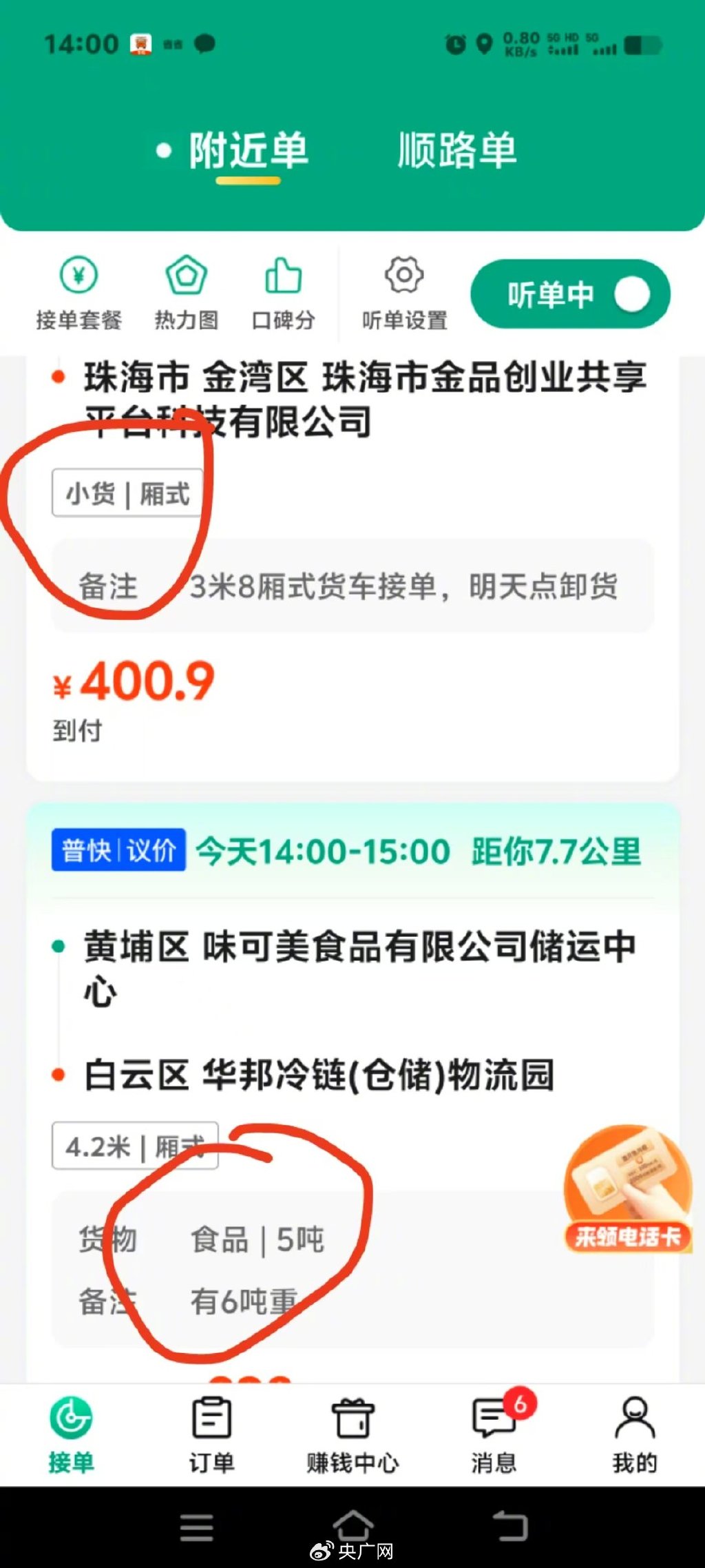
6 tons of goods are ordered by minivan (screenshot provided by the driver)
Mr. Zhang, the driver of Zhuzhou, Hunan Province, also reported that the order for small trucks to grab micro-goods was still overloaded.
Mr. Zhang said: "At present, shippers basically place orders for minivans, and minivans have no orders to run. They have to take orders for minivans, basically starting at 1.5 tons. Now all 3.6-meter cars are pulling 6-meter-long pipes. The owner only calls a 3.6-meter car, while a 4.2-meter car is expensive, and it is even more impossible to call a 6-meter car. But if you don’t take orders, basically there will be no orders. "
The shipper encountered a "freight scalper" when placing an order.
The reporter consulted two shippers who often use the online freight platform to deliver goods. Ms. Li runs a factory in Yangzhou, Jiangsu Province. She knows that seven or eight tons of goods may be overloaded, but since the driver can pull it, she thinks it should be no problem.
Ms. Li said: "For example, some 4.2-meter cars, although the actual standard load is 2 tons, few people say that they only carry 2 tons directly, and the normal load is seven or eight tons, but sometimes they take the high speed, which is definitely not enough."
Ms. Li also reflected that in the cargo pull, she also encountered such a situation: someone grabbed the order and then changed hands, and issued the order on other freight platforms, so it was necessary to pull the goods with smaller models and cheaper expenses to earn the difference. The drivers, vehicles and shippers who come to pull the goods do not match the order. If the shippers refuse to deliver the goods, there may be disputes such as empty driving fees.
Ms. Li said: "After robbing my order, it is not the driver at all, but the driver of the platform. For example, if you enter the platform, you have to have a strict audit process for the driver, and people will rest assured that you will be given the goods, because the freight for a trip is not much, but the value of my goods is very high."
Mr. Zhao is doing scrap metal business in Shenzhen. He told reporters that their goods are very heavy. Seven or eight tons of goods are usually ordered to be pulled by large trucks. He has met the situation that drivers drive medium-sized trucks to pull goods.
Mr. Zhao said: "If the boss asks for overload, he can’t pull it indiscriminately. If it is detained, it will delay the time. Drivers say there is no problem. They often run routes. More than 12 tons requires a 6.8-meter car, and many cars are received by 4.2-meter owners. If you only need 4.2 meters, or only need 6.8 meters, you can choose when placing an order on the platform. If no one takes the order, the platform will call and propose to change the model and choose more. "
In addition, Mr. Zhao also met many "freight scalpers" and his orders were resold.
Mr. Zhao said: "After he grabs it, he will find the corresponding driver from other platforms to help pull the goods and then earn the difference. I canceled, but he wouldn’t let me cancel, saying that there would be a no-load fee. For example, the freight of this single 1000 yuan, he needs to earn 100 yuan or 200 yuan, and he must compress the model to earn this difference. For example, I need a 4.2-meter car, and he may compress it into Iveco. "
The platform has rules, and the overload will still occur.
The reporter called the customer service phone number of cargo Lala, and the other party said that cargo Lala had clear requirements that the carrying capacity of medium-sized vans should not exceed 1.2 tons, and that of medium-sized trucks of 4.2 meters should not exceed 2 tons. "The medium-sized van is 0.8 tons to 1.2 tons, and our platform is not allowed to pull over 1.2 tons. The 4.2-meter truck is 1.5 tons to 2 tons, and it can’t be pulled above it. This involves safety issues, and the actual weight is overweight. In this case, the driver of the platform can negotiate with the user and refuse to deliver the order. This is no problem. "
The reporter tried to place an order as the owner and found that he could enter the weight of the goods at will and choose the model at will. Even if he entered 11 tons of goods, he could choose a 4.2-meter medium-sized truck or minivan to place an order.
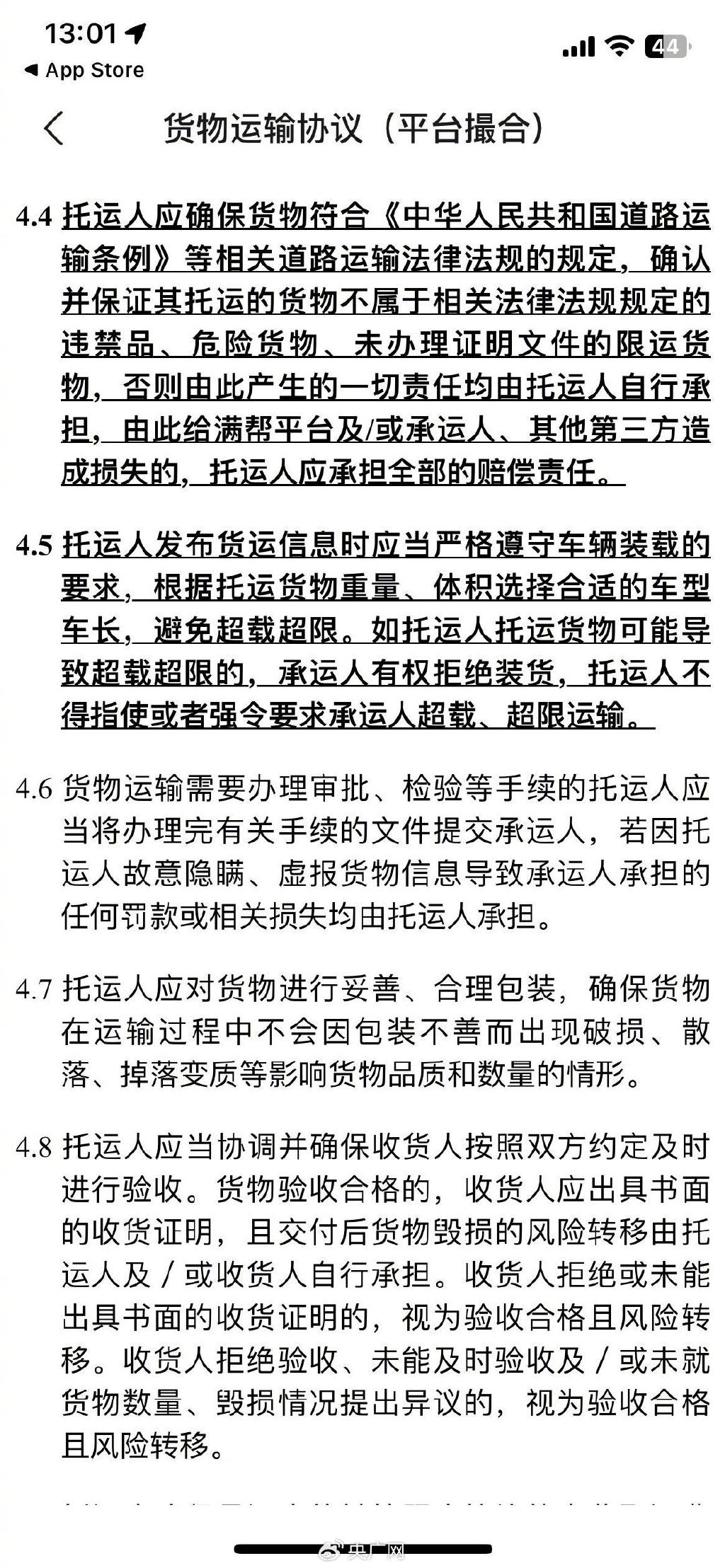
Full transport agreement (screenshot provided by the driver)
The Manman APP under the Manbang Group shows that the nuclear load of a 4.2-meter medium-sized truck is 1.5 tons to 2 tons, and the maximum load of a 1.8-meter van is 0.8 tons. However, the reporter found that goods with a size of less than 13 tons can be sent to a 4.2-meter medium-sized truck. The system will prompt "There is an overload risk, please choose the vehicle reasonably", but you can still place an order, and even place an order for a 1.8-meter van with 13 tons of goods. Only when the goods exceed 14 tons will they be forced to choose a model with a height of 6.8 meters or more.
A full-service customer told reporters that the platform has no clear standard for how much goods a specific car can pull, and the owner needs to communicate with the driver.
Man Bang Customer Service A: According to the regulations of the transportation industry, it can’t be pulled too much, but some drivers, after all, didn’t carry it normally according to the corresponding standards in order to support their families. It doesn’t mean that overloading can be pulled. It requires communication between both parties. After communication, both parties promise to be able to carry the goods, which is normal.
Reporter: What is your standard?
Full help customer service A: There is no clear standard for the platform.
Another full customer service reply.
Man Bang Customer Service B: You can discuss it with the master.
Reporter: Will I be sentenced to overload?
Full help customer service B: The platform will not be judged, so it is better not to overload.
For the driver group, even if it is an overloaded order, it has to be answered. Mr. Wang, the driver, said: "I dare not cancel the order easily. I will pull it if it is overloaded and overlong." The lower the score, the more it affects the success rate of grabbing orders. How can the platform allow such an order to be issued? Normally, our drivers should not see such orders and will definitely filter them out. "
Overloading has always been a persistent problem in the freight industry. When trucks are overloaded on the road, they are prone to tire puncture and rollover accidents, which threaten the life of drivers and seriously affect road safety. At present, the orders of truck drivers mostly come from the freight platform. The platform rules seem to clearly limit overloading, but in fact, overloaded orders can be released at will. The driver’s refusal to pull the overloaded order may also be deducted by the platform, which will affect subsequent orders and cash withdrawal.
Freight platform cannot become a hotbed of overload behavior, and the regulatory authorities should strengthen supervision, urge the platform to establish and improve the cargo audit mechanism, strictly screen overloaded orders, and maintain the healthy and orderly development of the logistics industry. ????
